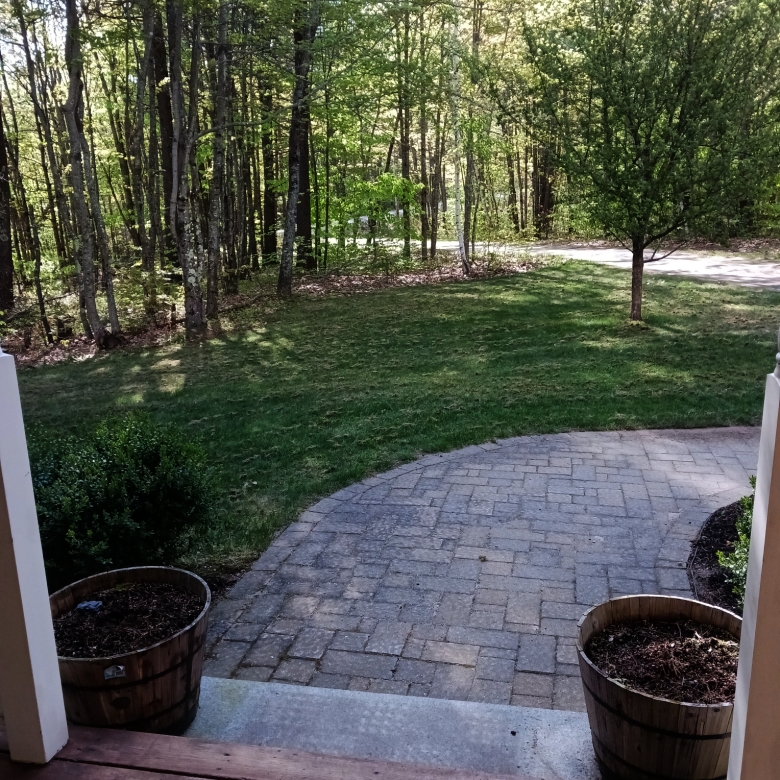
05/21/2023 – A friend of mine, a clinical psychologist, expressed the opinion that people who obsess over politics are typically people who cannot get control of issues within their own life. Rather than deal with the near frustration, they persist in addressing problems well beyond their control.
I am of the Agri-Political persuasion. Bombarded with politically based sensory input, I break out the garden tractor and zen my landscape on a large scale. With 300 lbs of concrete block on the back of the core aerator, it was towed at a snail streaking 2 mph over the lawn until the lawn looked like the aftermath of 10,000 angry gophers. Then, before it could recover from that trauma, the lawn was strafed with a dethatcher while humming “Ride of the Valkyries”.
The tour of lawn duty was so gratifying, even the lawn sweeper was put in the game, and that followed by Skippy getting backed out of the garage and turned loose on winter tree fall removal. By the end of the outing, the yard looked good, I was covered in dirt, my ears were struggling to recover from engine and exhaust noise, and politics had not entered my mind all day. Good times.
My friend also had an opinion about old guys who lives out in the boonies, at the end of a long driveway, behind a dense woodland barrier.
Ruger
Sturm, Ruger & Co., Inc. is important to me. Over the years, I’ve watched firearm companies come and go; sold off, go bankrupt, and/or move into foreign ownership while retaining an American marketing front end to draw an association with a distant U.S. history past.
Ruger firearms is, and always has been, a U.S. company. Not like other firearm companies that assemble in this country from a box of parts manufactured in foreign lands, Rugers are manufactured, parts big and small, in multiple U.S. locations. Ruger rescued the Marlin brand and reestablished its presence as a traditional U.S. made product.
A study in manufacturing technology, a producer of quality products and an employer of many, Ruger is important to all of us. So I support their presence, by buying and shooting Ruger firearms, amongst others. No tractor rides necessary.
The Ruger Hawkeye® Hunter… Yes, a hunting rifle
 While Ruger produces many types of modern sporting and defensive firearms, they also manufacturer the types of rifles I use… rifles like the Ruger Hawkeye® Hunter; walnut stock, classic controlled round feed bolt action , all stainless steel barreled action.
While Ruger produces many types of modern sporting and defensive firearms, they also manufacturer the types of rifles I use… rifles like the Ruger Hawkeye® Hunter; walnut stock, classic controlled round feed bolt action , all stainless steel barreled action.
| Hawkeye® Hunter | ||
| Manufacturer | Sturm, Ruger & Co. Inc. | |
| Manufactured | Newport, NH | |
| Model # | 57124 | |
| Type | Bolt Action | |
| Caliber | 7mm Remington Magnum |
|
| Capacity | 3+1 | |
| Barrel Length |
24″ | |
| Rifling | 1:8.5″ 5R Rifling |
|
| Weight | 8.1 Lbs | |
| Overall Length | 44.75″ | |
| Stock | American Walnut |
|
| Barreled Action | Satin Stainless |
|
| Length of Pull | 13.50″ | |
| Sights | Clean | |
| Scope Mount |
Ruger Proprietary & Rail |
|
| Safety | Three Position |
|
| MSRP | $1399 | |
In this case, to serve what follows, the 7mm Remington Magnum was selected. However, the Ruger Hunter is also available in 204 Ruger, 6.5 Creedmoor, 6.5 PRC (Left and right hand), 308 Winchester, 30-06 Springfield, and 300 Winchester Magnum (Left and right hand).
Within available configurations, barrel length and weight differ with cartridge and probable application. Example? Sure. The subject rifle, a 7mm Rem Mag, has a 24″ barrel and weighs 8 lbs. For those of us who shoot the 7mm Rem Mag, 8 lbs is not all that heavy and it takes the edge off of the 7mm’s recoil. The 24″ barrel takes advantage of the belted magnum’s powder capacity and potential. The 308 Winchester version of the Ruger Hunter weighs 7 lbs even and has a 20″ barrel, appropriate for corresponding reasons.
The story is in the detail
Unlike other Ruger Models, the Hunter has a Picatinny rail that is secured to the receiver top with #8-40 fasteners. The Ruger proprietary ring scallops remain, however, rings for this model are not included. The 20 MOA rail is intended to keep the reticle at mid elevation adjustment when zeroed for long range shooting.
The scope on the subject rifle was mounted with medium height rings to facilitate shooting from a bench. For hunting, lower rings would be substituted to get the scope closer to bore centerline.
The very clean Ruger action is patterned after the 98 Mauser, from the long extractor and controlled round feed and blade ejector, to the hinged bolt stop and hinged floorplate. The trigger, while not adjustable, is a quality Ruger LC6™ trigger with a smooth, crisp 4 lbs 2 oz pull.
The Ruger Hunter has a three position safety; off to fire, mid for safety on, bolt unlocked. Safety full on to prevent firing and to lock the bolt in a closed breech position. The rifle can be safety emptied by placing the safety in the bolt unlocked position and cycling the bolt, or pressing in on the toggle and popping open the hinged floorplate. The bolt body is one piece stainless steel.
The bottom metal is a continuation of satin finished stainless steel. The hinged floorplate is unlatched with a recessed toggle in the face of the trigger guard. The blurry engraving on the floorplate is the product of the Sony FE lens I am learning to live with… but not for long. The engraving is cleanly cut and nicely done. If only I could take a better picture.
The Ruger Hawkeye has a relatively shallow drop, 3/8″ at the comb and 3/4″ at the heel, so it fits well with a scope for those who don’t need a cheek elevator to figure out where to plant their noggin. Front and rear sling swivel studs are installed at the factory.
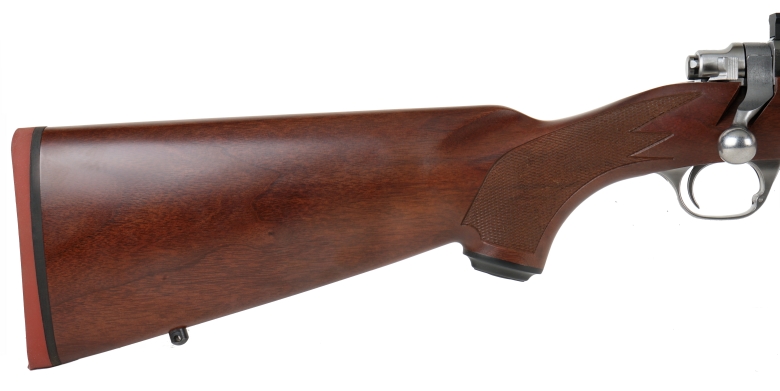 Interesting recoil pad on a 7mm Magnum, but the recoil is tamped down a bit with the 8 lb weight and most people buying 7mm Mags do not have recoil sensitivities. Put a brake on that threaded muzzle and recoil is no more than… the gentle touch of an angel. Yes, a fabric softener commercial was on TV when I wrote that reference.
Interesting recoil pad on a 7mm Magnum, but the recoil is tamped down a bit with the 8 lb weight and most people buying 7mm Mags do not have recoil sensitivities. Put a brake on that threaded muzzle and recoil is no more than… the gentle touch of an angel. Yes, a fabric softener commercial was on TV when I wrote that reference.
The 5/8″-24 threads under the barrel thread protector serves to mount brakes and similar muzzle devices… like a silencer. The hammer forged barrel with 5R rifling is free floating. Suppressing the 7mm Mag is not a futile effort. It will not silence, but it takes a big chunk out of report and recoil. Yes, the overall appearance of tradition does conceal a good deal of modern innovation.
The 7mm Remington Magnum. The long way around…
Ammo makers do not like belted magnums, because the casings are expensive to make. Rifle makers don’t like them because they require a unique bolt face and chamber cut. They reduce firearm capacity, typically by one, and they do not always feed as good as beltless cases.
As a practical matter, belts once used to determine headspace are no longer needed for that purpose. Additionally, by eliminating the belt and going to 404 Jeffery or the 375 Ruger basic brass, case body diameter is increased to expand case capacity.
Coverage of 7mm cartridges is often prefaced with a statement of America’s tepid enthusiasm for 7mm cartridges. Historically, based on rifle chambers and ammunition sold, that is probably a valid assertion. The 7mm Remington Magnum, a cartridge with medium and big game applications, is the 7th most represented cartridge within retail channels and load availability is 2x-4x the other 7mm cartridges pictured below.
For the sake of context, in descending order of numbers of commercial loads produced/number of participating brands: 308 Winchester (157/24), 223 Remington (122/27), 30-06 Springfield (118/19), 6.5 Creedmoor (92/20), 300 Winchester Magnum (82/20), 270 Winchester (69/16), 7mm Remington Magnum (65/16).
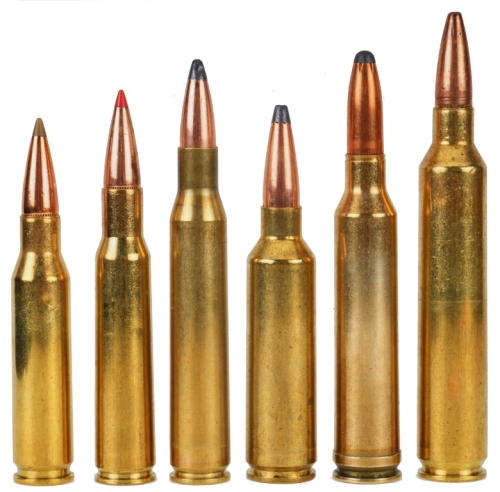
Pictured above L-R: 7mm-08 Rem, 7x57mm Mauser, 280 Rem, 7mm WSM, 7mm Remington Magnum, 7mm Rem Ultra Mag. No, not all of 7mms are there, but it is a representative group.
The first commercial 7mm Magnum was the 275 H&H Magnum. Introduced in 1926, an offspring of the 1912 375 H&H, its length of 3.430″ fell midway between the 3.600″ full length magnums and the 3.340″ 30-06 length belted magnums. The 275 H&H was discontinued in 1939.
The subject cartridge, the 7mm Remington Magnum, received SAAMI homologation in1962, following decades of 0.284″/7mm caliber wildcats and commercial cartridges finding their way into limited production, custom and sporterized military surplus firearms.
One might see Remington as being opportunistic in affixing its name where other very similar cartridges preexisted, but this standardization made the cartridge a dimensional constant that all manufacturers could chamber in their production rifle without incurring licensing fees or royalties. Good for gun owners.
His dad wore a belt…
 The parent cartridge of the 7mm Remington Magnum is the 1912 375 Holland and Holland Magnum, the current SAAMI name of record. Referred to as a full length magnum at 3.600″, the cartridge features a long tapered body and a short sloping shoulder. A shoulder form not ideal for headspace control, but efficient for Cordite propellant … which takes us to the purpose of the belt.
The parent cartridge of the 7mm Remington Magnum is the 1912 375 Holland and Holland Magnum, the current SAAMI name of record. Referred to as a full length magnum at 3.600″, the cartridge features a long tapered body and a short sloping shoulder. A shoulder form not ideal for headspace control, but efficient for Cordite propellant … which takes us to the purpose of the belt.
The infamous belt at the case head, that is 0.021″ larger is diameter than the case body, does offer some additional support to a fragile brass case head, but it primarily presents reliable surface, perpendicular to the bore, that determines headspace.
This approach was taken at a time in history where machines and machine tools did not hold CNC like precise in cutting chambers and the shallow neck of the 375 H&H was not much of a door stop in determining headspace.
Why not just add a rim? Rimmed cartridges are not great for feeding through a bolt action repeater. In fact, most of the early belted magnums were also offered in a rimmed, or flanged, version for use in double and single barrel breech loaded rifles where a rim would not create feed problems.
Almost from the introduction of the 375 H&H, experimenters modified the belted magnum case; blowing out the taper and sharpening shoulders to increase powder capacity and to reduce pressure induced brass flow, trimming to 30-06 length so the cartridge could be used in the many inexpensive, sporterized, military surplus rifles that were then readily available.
An attempted coup
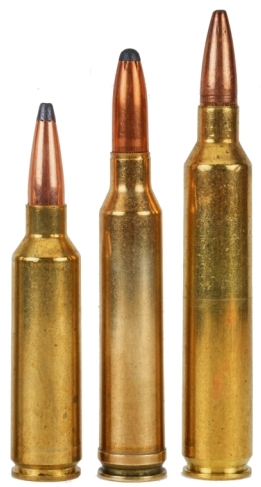 In 1999, Remington attempted to unseat the H&H based belted magnum line up with the introduction of the Ultra Mag series of cartridges, inclusive of a 7mm cartridge. Based on the 1909 404 Jeffery, the cartridge body is larger than the 375 H&H case and has greater powder capacity; 112 grains Jeffery Vs 82 grains Remington Mag. That line of cartridges pretty much expired when the new wore off.
In 1999, Remington attempted to unseat the H&H based belted magnum line up with the introduction of the Ultra Mag series of cartridges, inclusive of a 7mm cartridge. Based on the 1909 404 Jeffery, the cartridge body is larger than the 375 H&H case and has greater powder capacity; 112 grains Jeffery Vs 82 grains Remington Mag. That line of cartridges pretty much expired when the new wore off.
In 2001, Winchester took a run at the H&H based belted magnums, and Ultra Mags, by making a short version of the 404 Jeffery parent case. One cartridge in the lineup was the 7mm WSM. The 7mm WSM would work in 308 Win length actions and still provide the performance of a 7mm Remington Magnum… sort of. The 7mm WSM, and most other members of the clan WSM and WSSM expired when the new wore off.
In 2001, Remington completely lost its mind and introduced the Jumbo Shrimp of rifle cartridges, the Short Action Ultra Mag. Those rounds became collectors’ items almost immediately.
All the while, most of the industry had been announcing the belt was dead, H&H was out, the “old” people’s magnums were no longer relevant… up until they were once again. So you will find almost all of those old magnums reinstated in production firearms and you will find ammunition. Ultras, shorts, minis? Not so much.
There was nothing wrong with the new products. They were fun to work with, enjoyable to reload but, in the end, they offered no significant application advantage over the huge installed base of H&H related products. The manufacturers’ cost reducing revolt was quelled.
Ruger – 7mm Magnum connection
The 7mm Mag chambered Ruger Hawkeye is more than enough gun for even the largest game in North America and it is flexible enough in use for medium size game. Commercially loaded in bullet weights from 127 (3,300 fps) grains to 180 grains (2,875 fps), the popular 140 grain to 160 grain ammunition is rated at 3,000+ fps from a 24″ barrel. The 7mm Rem Mag is also easy to handload, which unlocks even more of the cartridge’s potential. Below, an example of 160 grain factory load.
| Best Zero Results – 160 Grain Nosler Partition | |||||||
| Near-Zero – yards. | 27 | Mid Range – yards. | 143 | ||||
| Far-Zero – yards. | 253 | Max Ordinate – “ | +3.0 | ||||
| Point Blank – yards. | 269 | ||||||
| Best Zero : Range 0 – 300 yards | ||||||||||||
| Yards | 0 | 50 | 100 | 150 | 200 | 250 | 300 | |||||
| Velocity – fps | 3000 | 2899 | 2800 | 2703 | 2608 | 2516 | 2425 | |||||
| Energy – ft.-lbs. | 3197 | 2985 | 2785 | 2596 | 2417 | 2248 | 2089 | |||||
| Momentum – lbs-sec | 69 | 66 | 64 | 62 | 60 | 58 | 55 | |||||
| Path – “ | -1.50 | 1.05 | 2.57 | 2.98 | 2.21 | 0.15 | -3.28 | |||||
| Drift – “ | 0.00 | 0.00 | 0.00 | 0.00 | 0.00 | 0.00 | 0.00 | |||||
| Time Of Flight – sec. | 0.00 | 0.05 | 0.10 | 0.16 | 0.21 | 0.27 | 0.33 | |||||
So we’ll take a break and return with live fire results, both factory ammo and handloads. 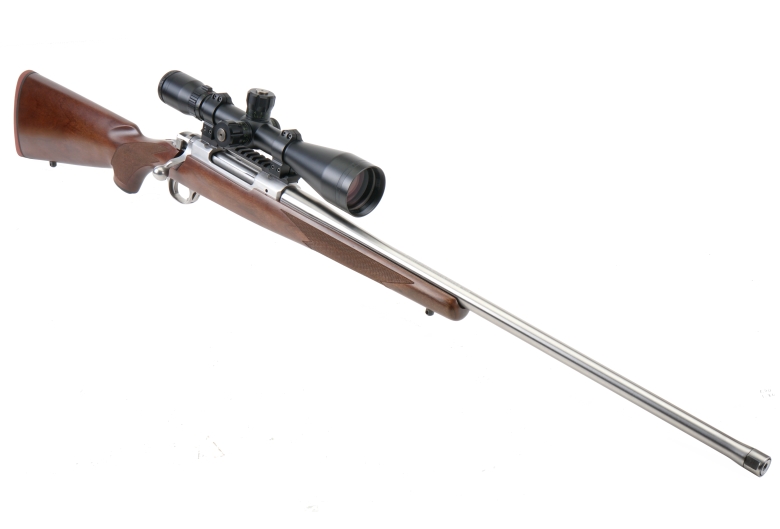

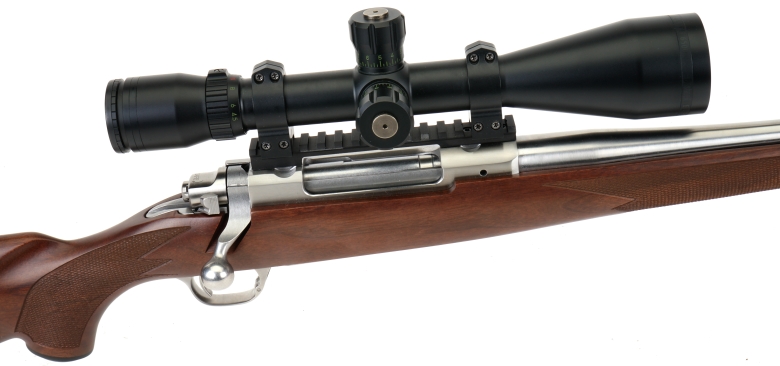
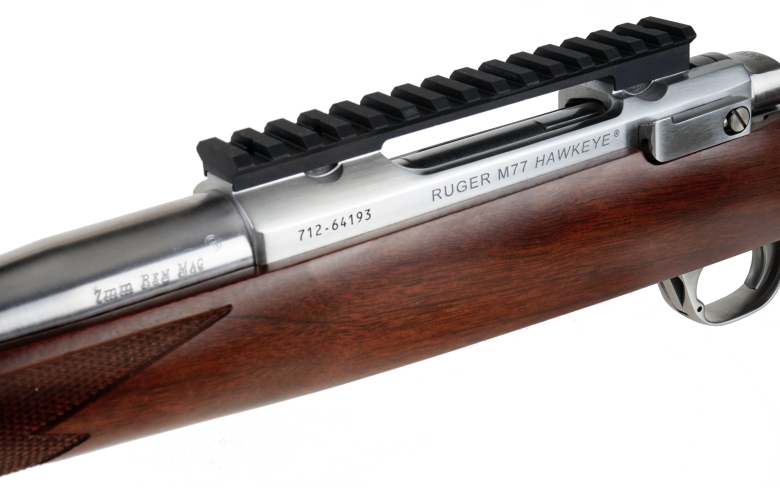
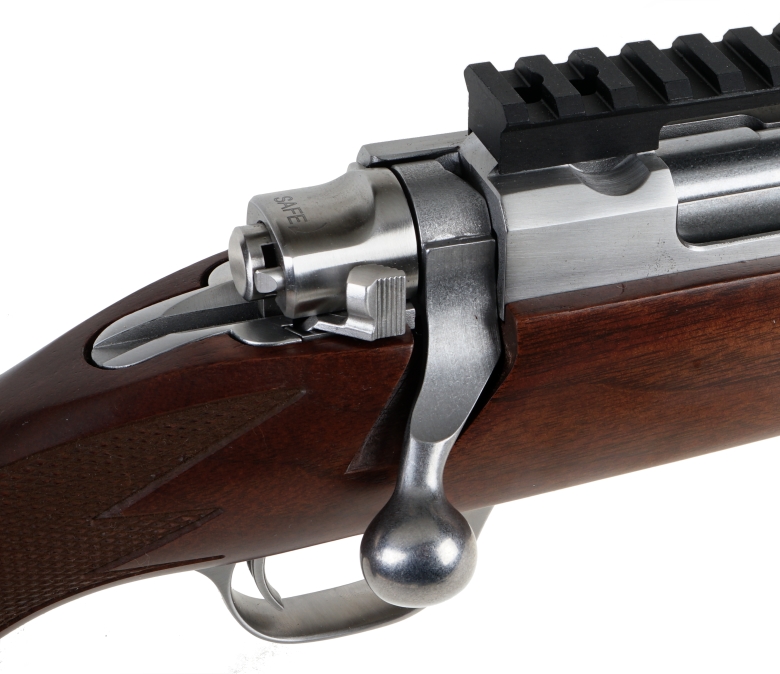

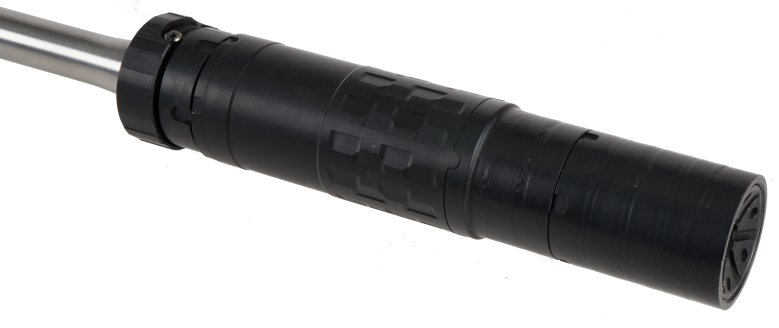
Email Notification